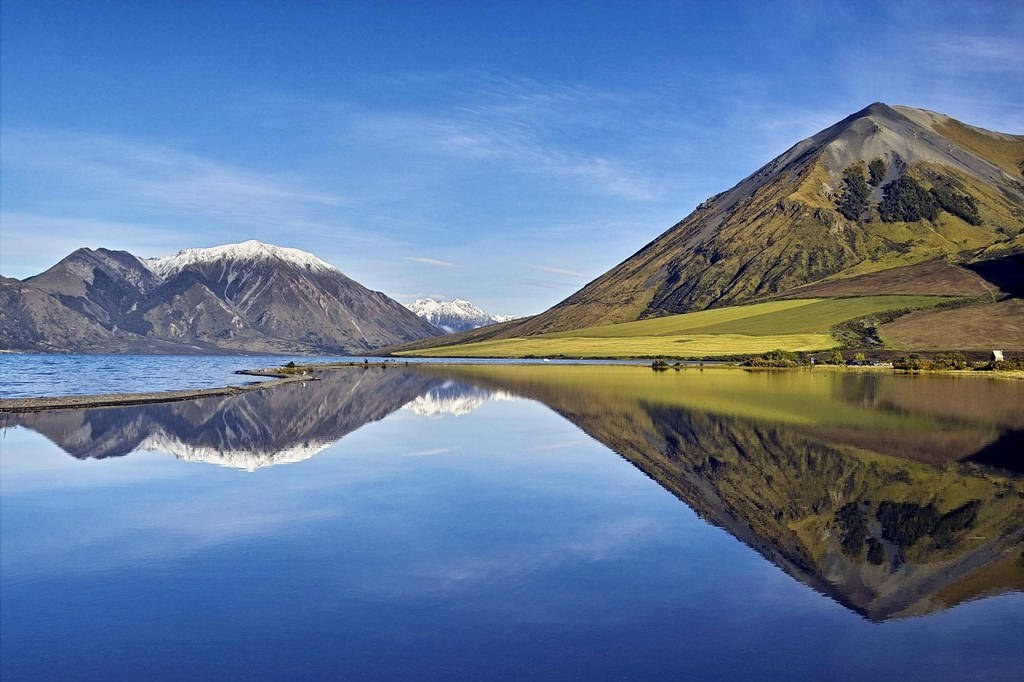Photography Basics: How to Capture Stunning Nature Shots sets the stage for an exciting journey into the world of nature photography. Whether you’re a beginner or looking to refine your skills, understanding how to effectively capture the beauty of the great outdoors can transform your photography experience. From the right equipment to composition techniques, this guide aims to equip you with the essential tools and knowledge to bring nature’s wonders to life through your lens.
With every click of the shutter, the opportunity to tell a story unfolds, and mastering the basics of photography can help you convey the stunning beauty of landscapes, wildlife, and the intricate details of flora. This guide will delve into practical tips, creative insights, and essential techniques that ensure your nature shots stand out, capturing not just images, but the essence of the moment.
Welcome to a journey where we’ll dive deep into the captivating world of storytelling! Whether you’re a seasoned reader or just someone who enjoys a good tale now and then, there’s something truly magical about stories. They transport us to different realms, introduce us to unforgettable characters, and challenge our perceptions of reality. In this post, we’ll explore the essence of storytelling, its significance, and how it can enhance our lives in ways we often overlook.

First off, let’s consider what makes a story engaging. At its core, a good story is built on a few essential elements: plot, character, setting, conflict, and resolution. Each of these components plays a crucial role in capturing the audience’s attention and making them feel emotionally invested. Without a strong plot, readers may find themselves lost or disinterested. Similarly, dynamic characters help to evoke empathy and allow readers to see parts of themselves reflected in the narrative.
Take a moment to think about your favorite book or movie. What drew you in? Was it the tension of the plot? The relatability of the characters? Maybe it was the richly detailed setting that made you feel as though you were right there alongside the characters. Each of these elements works together to create a tapestry of experiences that resonate with us on multiple levels.
Now, let’s discuss the importance of conflict in storytelling. Conflict, whether internal or external, is what drives a narrative forward. It creates stakes and challenges that characters must navigate. For instance, in classic tales, heroes often face a great evil or significant hardship. This not only keeps the audience engaged but also allows for character development as we see how individuals respond to adversity. In our own lives, we can draw parallels with these narrative conflicts. Just like characters in stories, we face challenges that shape our growth and understanding of the world.
Speaking of challenges, storytelling is also a powerful tool for processing life experiences. This is especially true in the realm of personal narratives. Many people find solace in writing about their own journeys, whether it be through journaling, blogging, or even social media. By articulating our struggles, we often gain clarity and can navigate our emotions more effectively. It’s a form of catharsis that can be incredibly healing.
Moreover, storytelling fosters connection. When we share our stories, we create bonds with others, making them feel seen and understood. This shared experience can be both comforting and empowering. In today’s world, where digital communication often lacks the nuances of face-to-face interaction, storytelling allows us to bridge the gap and foster genuine connections. Whether it’s through sharing a personal anecdote with a friend or engaging in discussions on platforms like podcasts or social media, our stories have the power to resonate widely.
Additionally, storytelling is an incredible way to preserve culture and history. For centuries, oral traditions have been the backbone of societies, passing down wisdom, values, and experiences from generation to generation. This aspect of storytelling connects us to our roots and reminds us of the collective human experience. By understanding stories from different cultures, we gain insight into diverse perspectives and enrich our worldview.
Now, let’s not forget about the sheer joy that comes from a well-told tale. Whether it’s the suspense of a thriller, the laughter from a comedy, or the tears from a heartfelt drama, stories elicit a wide range of emotions. They allow us to feel deeply, even if only temporarily. This emotional rollercoaster is what keeps us coming back for more, seeking that next book, film, or podcast that resonates with us.
As we venture further into the digital age, storytelling is evolving. With the rise of platforms like YouTube, TikTok, and Instagram, we’re witnessing the emergence of new storytelling formats. Visual storytelling, in particular, has taken center stage, allowing creators to convey narratives through images, videos, and sound in ways that were previously unimaginable. This democratization of storytelling means that anyone with a smartphone can share their narrative with the world, opening the door to new voices and perspectives.
To wrap up, storytelling is an essential aspect of the human experience. It allows us to explore our identities, connect with others, and understand the world around us. Whether we’re consuming stories or creating our own, we should embrace the power of narrative in our lives. So the next time you find yourself engrossed in a book or sharing an experience with a friend, remember the significance of storytelling and the magic it brings to our existence.
In conclusion, whether you’re a writer, a reader, or simply someone who enjoys a good story, remember that storytelling is a gift. It’s a bridge that connects us all, transcending time, culture, and individual experiences. So go ahead, share your story, and let others be a part of your narrative. After all, every story matters.
Query Resolution: Photography Basics: How To Capture Stunning Nature Shots
What camera settings are best for nature photography?
Optimal settings often include a lower ISO for better quality, a mid-range aperture for depth of field, and a shutter speed that matches the movement of your subject.
How can I improve my composition in nature shots?

Utilize the rule of thirds, leading lines, and framing techniques to create more dynamic and engaging compositions in your nature photography.
What time of day is best for taking nature photographs?
The golden hours just after sunrise and just before sunset provide the softest light and most vibrant colors, ideal for nature photography.
Do I need special lenses for nature photography?
While not required, lenses such as macro for close-ups and telephoto for wildlife can greatly enhance your ability to capture stunning nature shots.
How can I take better photos in challenging weather conditions?
Embrace the conditions by using a weather-sealed camera, adjusting your settings for lower light, and seeking unique angles that highlight the mood of the weather.




